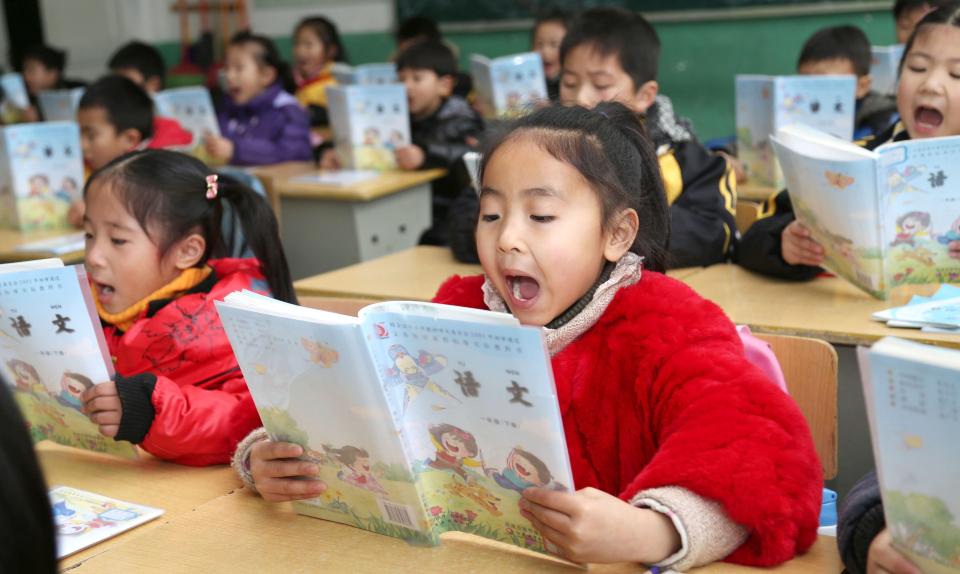Urban public school and college admissions should be changed to address educational inequality faced by millions of migrant children, proposed a blue paper, as reported by Shanghai-based news site Yicai.
By the end of 2014, 79.5 percent of migrant children eligible for compulsory education were studying in public schools, whereas the remaining 2 million plus children could only study at non-publicly funded schools or special schools for migrant children – usually poorly equipped and understaffed, according to the Development Report on the Education of Migrant Children in China 2016. .
The widely-used merit-based admission system mainly benefits children of well-educated, advantaged groups, not the low-income migrant workers, according to the blue paper.
In response, the blue paper proposed, public education services in urban areas should be expanded, and thresholds for migrant children to enter public schools be lowered. Meanwhile, host provinces should provide financial support for non-state-run schools, and help improve and standardize special schools for migrant children.
The blue paper also made particular mention of the issue of taking college entrance exams in places other than where migrant pupils come from. In the past, migrant children have had to return to their registered permanent residence to take the exams, but now an increasing, though still limited, number of migrant children are able to take the exams where they live and study, though still have to do the exams of their home province, despite having studied the syllabus of their host provinces.
Fully lifting the restrictions on the taking of college entrance exams will also bring its own problems; for example, provinces in the less developed west China that enjoy preferential policies in college enrollment, will have to curb the increase in migrant examinees, according to the blue paper.
The fundamental solution, the blue paper proposed, lies in dispensing with the existing quota system of enrolling different numbers of college students in different provinces and implementing a new system where universities are autonomous and where there is a national, uniform test.

 Old Version
Old Version